This
post was originally published on
this sitehttp://www.marksdailyapple.com/
 Quick check-in: what’s the hardest habit you’ve had to break in going Primal? Something you’re currently looking to change? What have been the challenges?
Quick check-in: what’s the hardest habit you’ve had to break in going Primal? Something you’re currently looking to change? What have been the challenges?
While I don’t consider Primal living particularly difficult, I think any behavioral shift can be tricky. It’s human nature to stick with what’s known. There’s a certain comfort in routine, however ill-advised our customary patterns are. And, let’s face it, some habits stick more than others. If only we were a more logical species, we might imagine, one able to simply encode the choices we know are good for us… Thankfully, our psychological blueprints are more complex than our gadgets, but that doesn’t mean we can’t optimize our settings and establish some tactical redirects.
I’ll admit I have my own “whenever I” scenarios – those situations for which I have established go-to strategies that help me stick with a healthy choice I’ve made for myself. At this point, the substitution has become pretty automatic for me: if this impulse, then that response. The automation makes life easier. It spares me the energy and hand-wringing that would otherwise go into fending off the original inclination or wondering in the moment what I should do to get my mind off of it.
The Anatomy of Human Decision-Making
Not surprisingly, the issue of “automation” is pretty key when experts talk about behavior change and decision making. Whenever we need to make a decision, it seems, we put together a cognitive representation that allows us to simplify the problem/choice at hand. Humans participate in two types of thinking when they mentally assemble that simplified model and make the final decision from there.
The more arduous and taxing of the two is deliberation, that consciously reasoning mode of problem solving we’d apply to figuring out our taxes or warding off tempting impulses. As most of us can attest to, our capacity for this kind of thinking is inherently limited.
The other mode of thinking that comes into play is automatic thinking, which we use much more often that we assume. It’s the stuff of analyzing facial expressions in a fraction of a second, of understanding language or other familiar symbols, of knowing which way to turn to drive home. Unlike deliberative thinking, we have considerable capacity for automatic thinking.
Although there’s interaction between the two modes, automatic thinking actually makes up the majority of our cognitive work – and even our cognitive selves.
Where It Fails
In the midst (or at the end) of a long day, we’re not terribly good at thinking through all of the considerations and arriving by reason at the most beneficial decision. In-the-moment reasoning, as handy as it is, can rarely get us where we want to go long-term. For better or worse, that’s how human behavior manifests in the real world.
Thus, as much as we can operate on automatic, the better off we are—provided our routines, assumptions and self-talk (which we can change using reason) encourage positive selections. So, what can we do to help ourselves in that regard?
We have three main options really for shifting our decision-making processes to maximize our likelihood of making good choices.
1. We can simplify our lives and choice environments.
2. We can hone the ways we judge (or redirect) options.
3. We can cultivate the associations with these choices.
The question for these proposals becomes—how?
Simplifying As Much As Possible (a.k.a. Box yourself into good choices.)
I’ve written before about selection fatigue. The more choices we have in making a decision, the more mental resources we use. It’s why a variety of options don’t always make us happier but just add more static to the day. Simplifying our choices means simplifying our choice environments—cutting out as much of that extraneous static as possible.
Likewise, the more decisions we make in a day, the more mental resources we use. The more we do in a day (particularly if we attempt to multi-task), the more run down we’ll be.
The key is to conserve mental energy by establishing rules, times, and parameters. Not everything needs to be nailed down, but if every day of the week has too many moving parts, you’re probably never going to feel in possession of your time or life.
Let’s say you’re trying to encode better choices around sleep because you’re a workaholic and can’t seem to turn off the impulse to do more—to take care of more. The work—whether job, home or family—just never feels done.
Simplifying your choice environment in this case can mean setting hard and fast parameters around your evening. Set an alarm for bedtime. But also set another for the end of all work time—maybe an hour to an hour and a half before bed. After that point, your computer and T.V. are done for the night as is your smart phone. You won’t so much as pick up a shirt off the floor or put a dish in the dishwasher. If you have to further simplify (avoid distraction) by sequestering yourself in the bedroom for that last hour to keep yourself from working or doing chores, do it. (After a couple nights of going crazy, you’ll begin to get more efficient and/or resourceful during your “active” evening hours.)
Now let’s say you’re trying to eat better. Simplifying your choice environment might mean shopping at smaller stores/markets or minimizing actual shopping trips by ordering from direct-to-consumer farms or from online stores like Thrive (you can save a “favorites” list). It can mean packing your lunch and bringing more or less the same thing every day. It can mean scheduling time each week to make a few large meals you eat as leftovers for lunches/dinners.
In short, it’s deciding ahead of time to reduce the number of choices you perceive yourself as having—and making it easier to choose what is already in front of you.
Changing the Way We Judge Our Options (a.k.a. checking in with our values)
We can simplify our way out of a lot of choices each day, but that doesn’t mean we won’t be faced with temptation. When we do need to make a decision, we’re remarkably good at homing in on seemingly random elements (e.g. excuses) or present bias (e.g. now matters more than later). Because we can’t possibly consider each and every facet and angle, we automatically narrow our considerations to a few pieces that feel “salient” in the moment. Unfortunately, these often have nothing to do with our values.
Instead of giving into the limited thinking of the moment, why not check in with your values. I’m not suggested depending on your reasoning process here. In the thick of the moment, our minds aren’t always to be trusted.
I’m reminded of the H.A.L.T. acronym (hungry, angry, lonely, tired). When we’re any of these, it’s time to stop (halt) and check-in. I’d suggest checking in with feelings first. Are you hungry, angry, lonely or tired? I’d add bored, anxious or procrastinating to that list as well—all feelings that can spur poor choices in my experience. That covered, now check in with values. For this, I believe in the power of visual aids.
Get out a sheet of paper (not in one of those moments but in preparation for them), and draw a simple grid. Across the top write your values – the main elements that make up your sense of personal health integrity, your concept of vitality, etc. On the left hand side from top to bottom, write your biggest excuses or stumbling blocks. Then use the grid to fill in the individual scenario boxes to come up with intentions for how to live your health integrity. Put this on your fridge. Keep it at work. Put it in your car. Consult it. Accept it as your automatic guide.
Still, I know there are scenarios that require or can be met with an even simpler action. This is your contingency plan. If this, then that. Think of your five biggest challenges right now, and create a contingency plan for each. The contingency will be your automatic response for that scenario – a single, simple substitution (no moralizing here) that will get you to the other side of an impulse without too much damage.
Cultivating Associations (a.k.a manipulating how you really feel about it)
Finally, we need to accept that our deep down impressions or associations about certain behaviors/activities/foods/etc. influence our willingness to make certain choices. If we grew up hating exercise, we need to accept that we’ll need to unwind that association over time and replace it with better connections. We’re rewiring ourselves at this point. This is a longer term process, but we can make our efforts count.
We need to identify what assumptions or associations might be unconsciously and automatically turning us off from practicing certain behaviors even if reason tells us we should. Get them out of your system to a degree by journaling, talking it through with someone. Whatever your gripe or “story” about yourself is, voice it so you can find a way to move on. Do your best to consciously put it to bed.
Then invest time and effort in creating new and genuine enjoyment of what you’ve been subconsciously resisting. If you want to eat more vegetables (but grew up eating 3 kinds of canned mush), ask around for some great vegetarian restaurants to get ideas for vegetables dishes you’d never think of. If you’re a vegan in recovery looking to expand your meat variety, spend some time at a quality butcher getting schooled in the finer points of preparing all manner of cuts.
If you’re looking to get beyond a lifelong aversion to fitness, let yourself have some fun experimenting by taking field trips to different kinds of classes, gyms centers, leagues and clubs. Rent bikes, skiis, boats and other equipment that might interest you. Document your adventures with photos and other visuals – of you actually enjoying the habits you’re trying to take on. With every step, you’re creating new associations and rewiring yourself toward choices that serve you better.
Thanks for reading today, everybody. Now for your thoughts. How have you encoded new behaviors using the techniques above or others? Have a great week.
The post How to Encode Better Choices appeared first on Mark’s Daily Apple.



 Quick check-in: what’s the hardest habit you’ve had to break in going Primal? Something you’re currently
Quick check-in: what’s the hardest habit you’ve had to break in going Primal? Something you’re currently 


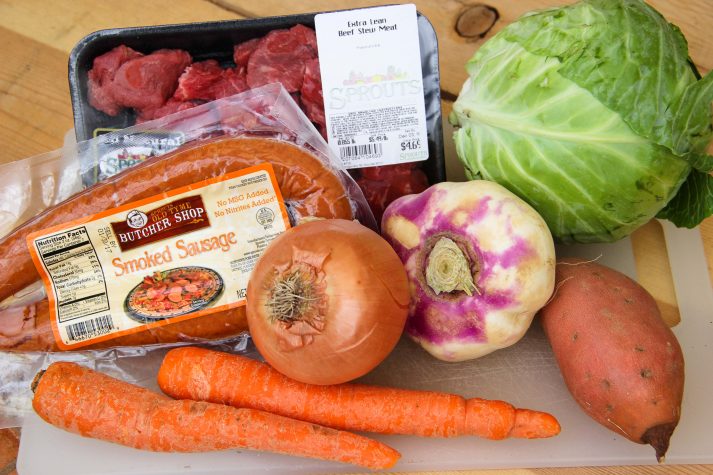
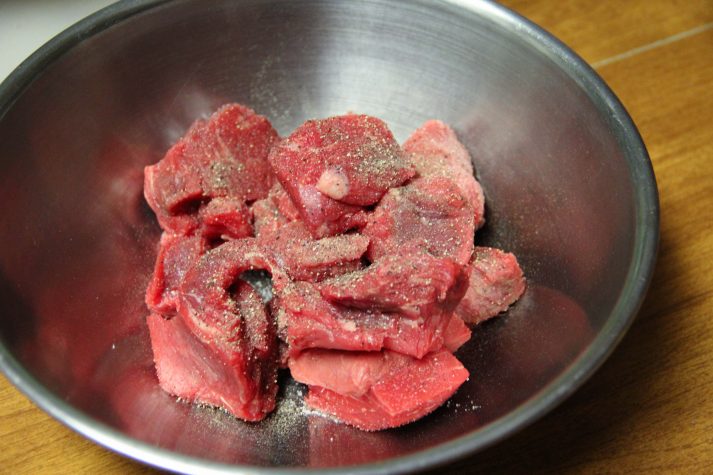
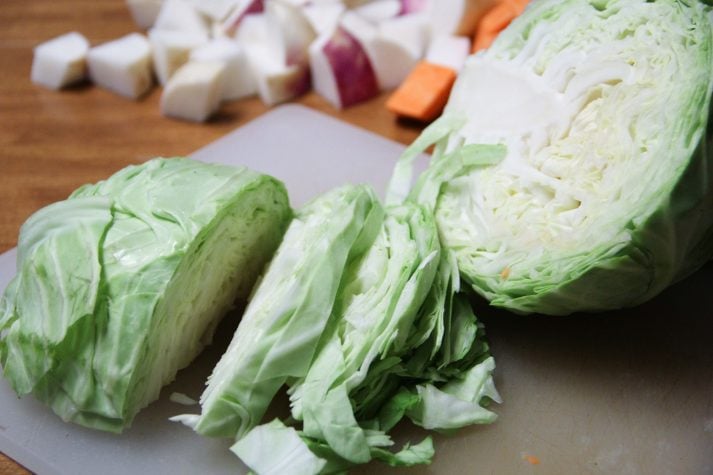
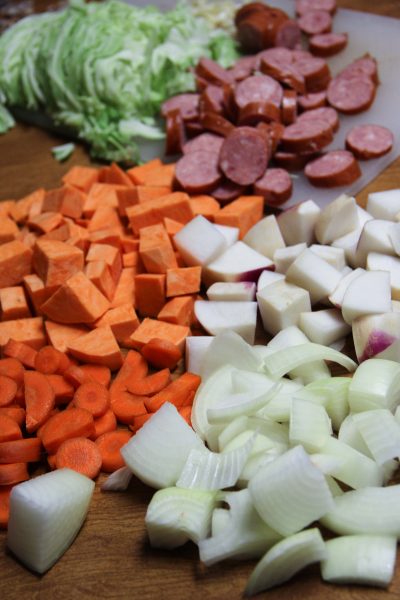

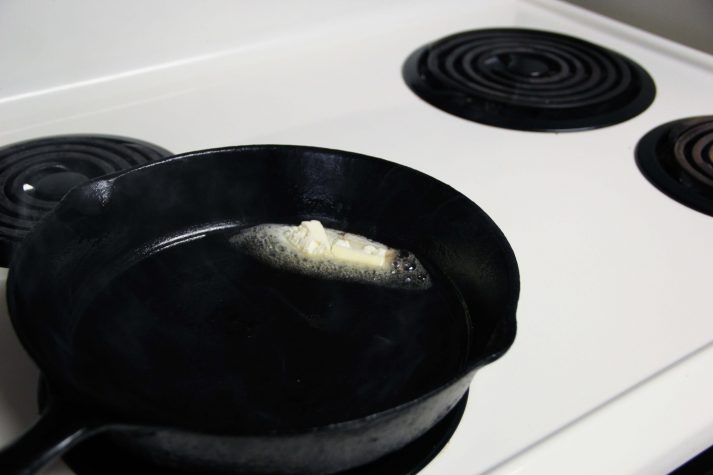
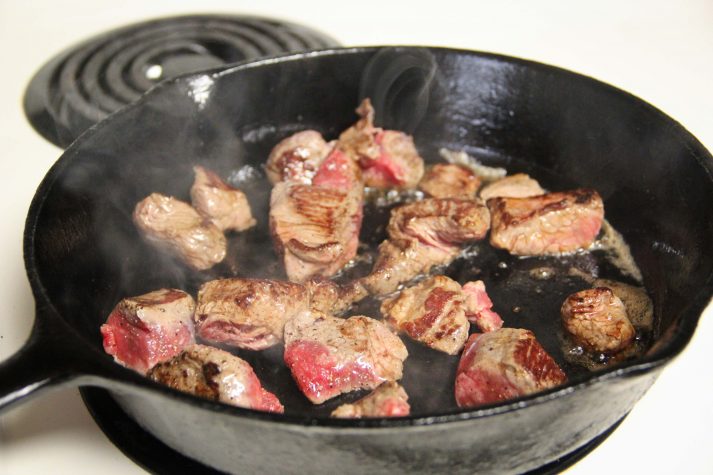
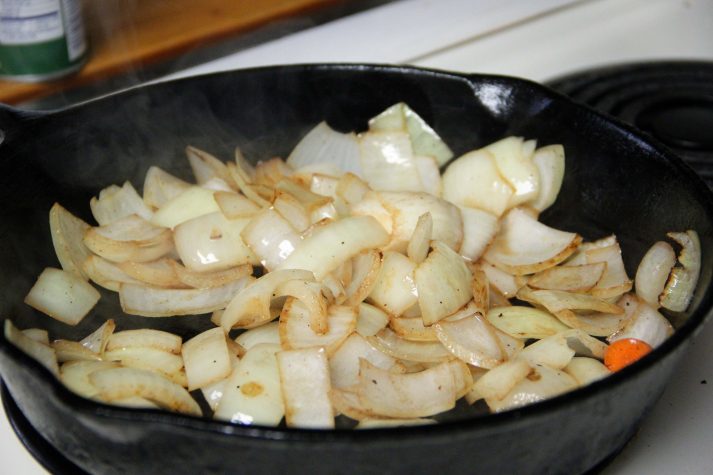
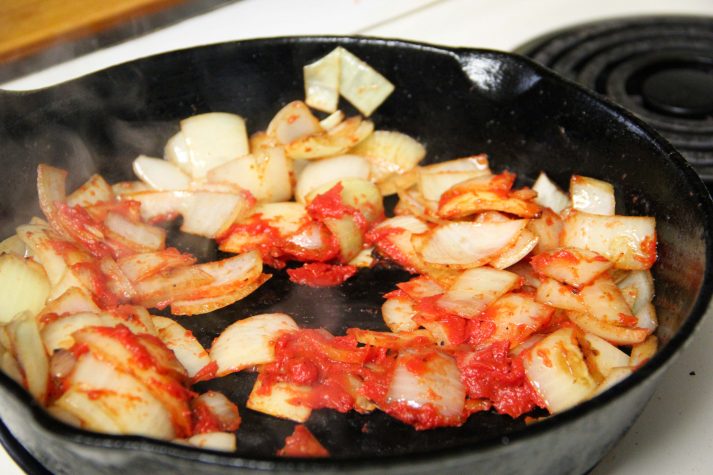

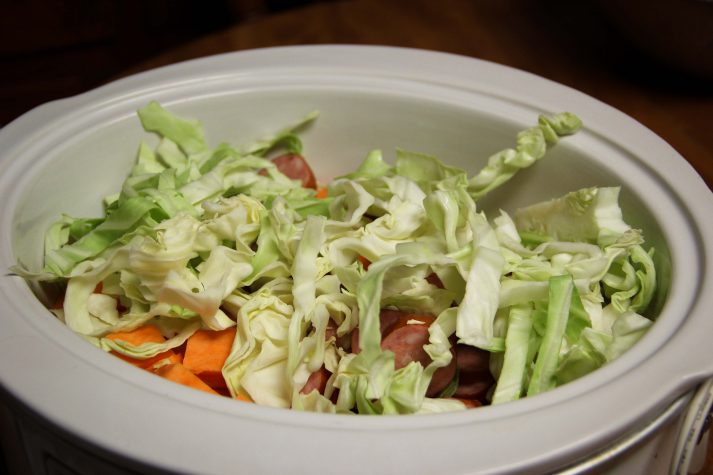

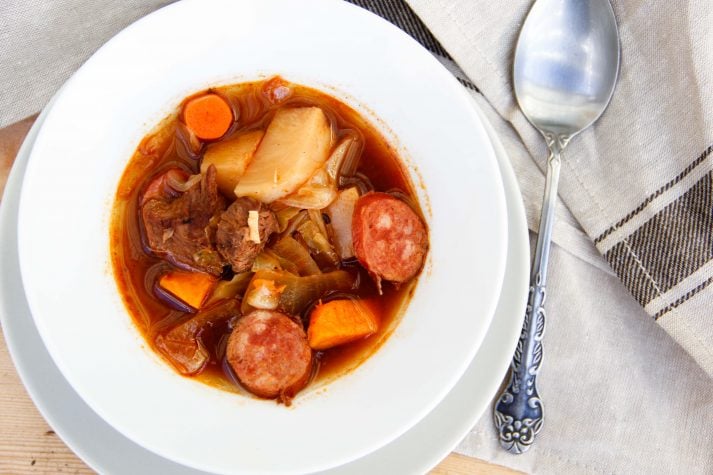
 For now classes are 6pm and 640pm at 2840 Wildwood st in the Boise Cloggers studio.
Book your class NOW!
click this ==>
For now classes are 6pm and 640pm at 2840 Wildwood st in the Boise Cloggers studio.
Book your class NOW!
click this ==>








